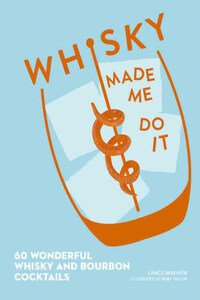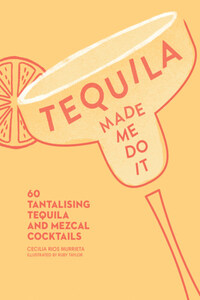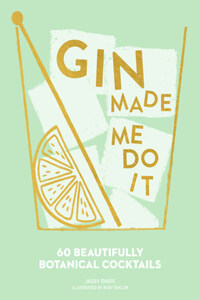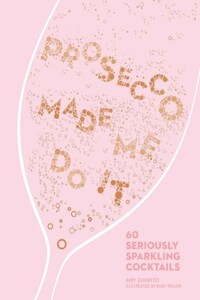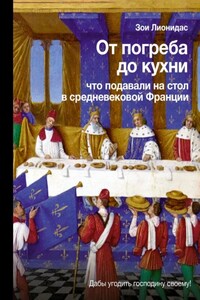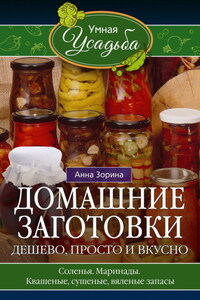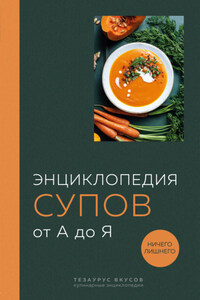COPYRIGHT
HarperCollinsPublishers
1 London Bridge Street
London SE1 9GF
www.harpercollins.co.uk
First published by HarperCollinsPublishers in 2018
Copyright © HarperCollinsPublishers
Lance J. Mayhew asserts his moral rights as the author of the text.
Illustrations by Ruby Taylor
Cover and interior design by Gareth Butterworth
A catalogue record for this book is available from the British Library
All rights reserved under International and Pan-American Copyright Conventions. By payment of the required fees, you have been granted the nonexclusive, non-transferable right to access and read the text of this e-book on screen. No part of this text may be reproduced, transmitted, downloaded, decompiled, reverse engineered, or stored in or introduced into any information storage retrieval system, in any form or by any means, whether electronic or mechanical, now known or hereinafter invented, without the express written permission of HarperCollins e-books.
Source ISBN 9780008313708
Ebook ISBN 9780008313715
INTRODUCTION
‘I like whisky and bourbon and Scotch.’
I can’t tell you how often I hear that statement, but in reality, bourbon and Scotch are both types of whisky. Just as the word ‘beer’ is a broad-based word – including ales and lagers – whisky is a catch-all for spirits made from cereal grains that have (usually) been matured in a wooden container.
The world of whisky can be a little confusing, but this book should help you to understand its many forms and production methods. A good place to start is to imagine whisky as beer that has made a leap for immortality. Grain, water and yeast are the backbones of both beer and whisky, the difference being that beer uses hops, while whisky is distilled to concentrate the flavours and alcohol.
Whisky has a long history, particularly in Scotland and Ireland, its veritable homes. So, which country invented whisky? It’s an argument that you’ll hear in bars around the world, but the best advice is to credit the Irish when in Ireland and the Scots when in Scotland. While distillation is much older than whisky, distilling technology reached both Scotland and Ireland around the 15th century. The first distilling would have been done by monks, who, having tasted distilled spirits, or aquae vitae (Latin for ‘water of life’), in Europe, would have filled their stills with beer brewed at the monasteries to produce the first iterations of whisky. These efforts were called uscae beatha (pronounced ‘OO-SKAY BAY-Tha’) in Gaelic, meaning water of life. The whiskies produced then would have been unrecognisable to modern consumers; they would have been harsh and unaged, for drinking in the near future rather than allowed to quietly age. Uscae beatha slowly became usquebaugh in the 1600s, before being shortened to usque, which has a pronunciation similar to our modern ‘whisky’.

A quick aside on whiskey or whisky – the correct spelling depends (usually) on the country in which it is made. The Scots spell it whisky, and the Canadians and Japanese follow that custom. The Irish use the ‘ey’ spelling, as does the United States, but exceptions exist, such as the Tennessee Whiskey, George Dickel whisky – spelled the Scottish way, as Mr Dickel was convinced his whisky was as good as anything produced in Scotland. You’ll find both spellings in this book, to respect the naming traditions of each whisk(e)y-producing country.
Tasting and nosing spirits is a challenge for most people. Of course, there are times when one can simply enjoy a whisky without doing an organoleptic analysis of the spirit (yes, nosing and tasting has a proper name – you can win bar bets with this knowledge).
Pour yourself a small dram of whisky (there is specialised glassware such as the Glencairn glass that is great for making the aromas and flavours more apparent, or just use a wine glass or Cognac snifter). Note its colour – it can be a clue as to what kind of barrel it was matured in – a red tint can indicate a Scotch whisky matured in a sherry butt, while a more golden colour is often indicative of an ex-bourbon barrel. Slowly tilt the glass and run the liquid along the inside, watching how it moves. If the spirit appears to cling and looks a bit viscous, the remnants that slowly move back down (called the ‘legs’) indicate an older whisky, whereas young whiskies will run right back down the glass. Keeping your nose above the glass (a couple of centimetres above the rim), inhale through your nostrils and breathe out through your open mouth. This is where the first aromas and clues about the whisky present themselves – the influence of the cereal grains, the type of wood and the environment in which it was matured. If you detect aromas of burnt plastic or cat piss (a real defect in poorly distilled whisky), brace your palate for the assault to come. Feel free to download a whisky aroma wheel from the internet to help you identify flavour notes.
